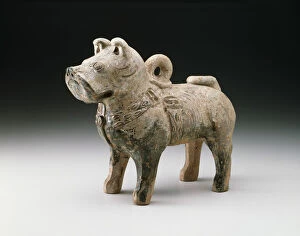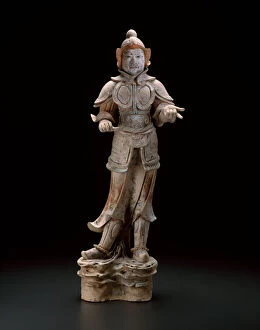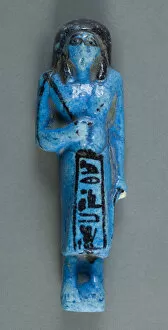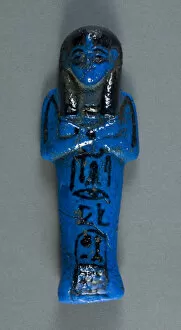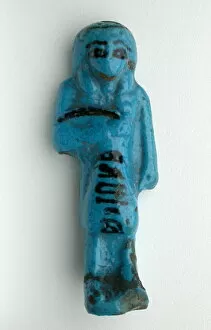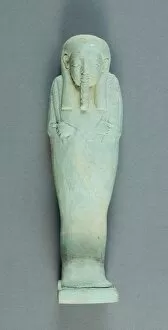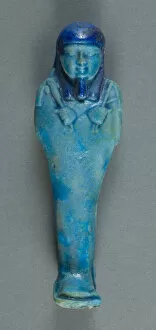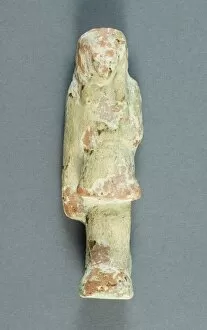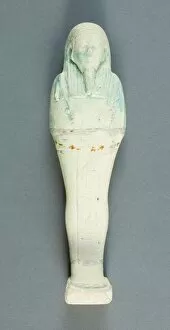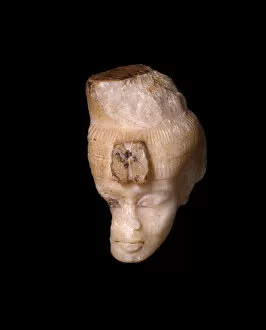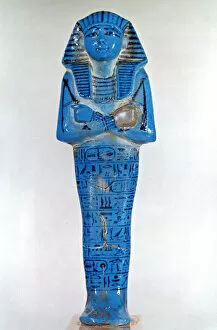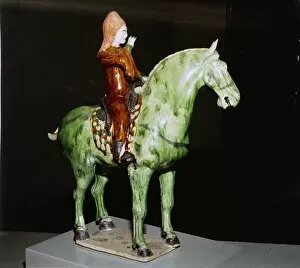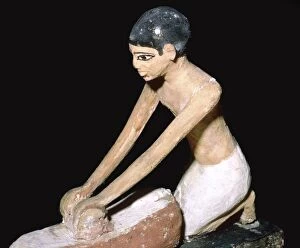Tomb Figure Collection
The tomb figures from various ancient civilizations offer a glimpse into the rich history and cultural practices of these societies
All Professionally Made to Order for Quick Shipping
The tomb figures from various ancient civilizations offer a glimpse into the rich history and cultural practices of these societies. One such figure is the Female Attendant, dating back to the Western Han dynasty in the 2nd century B. C. This delicately crafted figurine showcases the intricate details of her attire, reflecting the fashion trends of that era. Moving forward to the Northern dynasties in the 6th century, we encounter an Entertainer Tomb Figure whose identity remains unknown. This enigmatic figure captures our imagination with its graceful posture and mysterious expression. In contrast, a Winged Beast Tomb Figure from the Western Han dynasty catches our attention with its mythical charm. The unknown creator skillfully carved every feather and scale on this creature's body, leaving us fascinated by its symbolism. Another captivating tomb figurine is that of a Female Dancer from the Western Han dynasty. Preserved for centuries, it offers insights into dance forms prevalent during that time and highlights their significance in social gatherings. Shifting gears to Eastern Han dynasty's Mastiff Tomb Figurine from the 2nd century A. D. , we witness an artist's ability to capture not only human subjects but also animals with remarkable realism. This loyal companion stands as a testament to man's bond with his four-legged friends throughout history. During Tang dynasty's late 7th or early 8th century, an Armored Guardian Tomb Figure was created as protection for those laid to rest. Its imposing presence reminds us of ancient beliefs surrounding afterlife security and guardianship against evil forces. Traveling back further in time to Eastern Zhou dynasty's Warring States period brings us face-to-face with a Standing Attendant Tomb Figurine. Serving as company for eternity, this attendant symbolizes loyalty even beyond death itself. Venturing beyond China’s borders takes us all way to Egypt during Third Intermediate Period where Overseer Shabti figures were buried alongside pharaohs.





